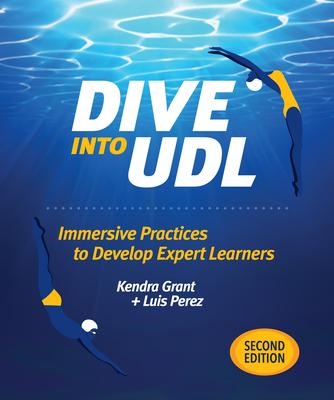- Explores how UDL is key to creating an inclusive learning environment that is equitable, culturally relevant, safe and welcoming.
- Expands the learning to include virtual classrooms, and emphasizes how UDL is key to ensuring rich, engaging and purposeful online learning.
- Examines the application of UDL principles to multiple grade levels and subject areas in both in-person and online environments.
- Dives deeper into the authors' UDL Planning Guide guide at a variety of UDL levels of understanding (Wade in, Shallow Swim, Deep Dive).
- Features ideas and examples (on the companion website) from educators around the world to illustrate multiple means of engagement, representation, and action and expression.
Along the way, the authors draw connections to the ISTE Standards (Educators and Students sections), helping teachers strategically use technology to not only support the three principles of UDL but support the development of independent, self-regulatory empowered learners. Audience: K-12 teachers, coaches and administrators; professors in pre-service programs
